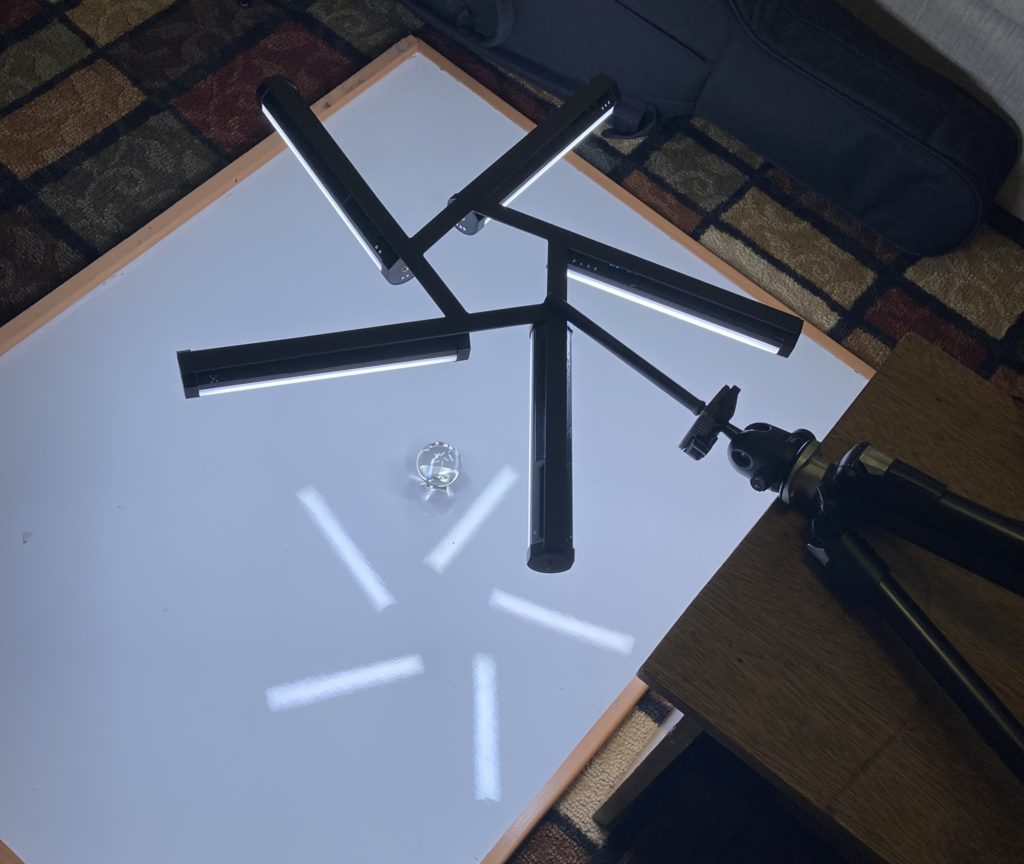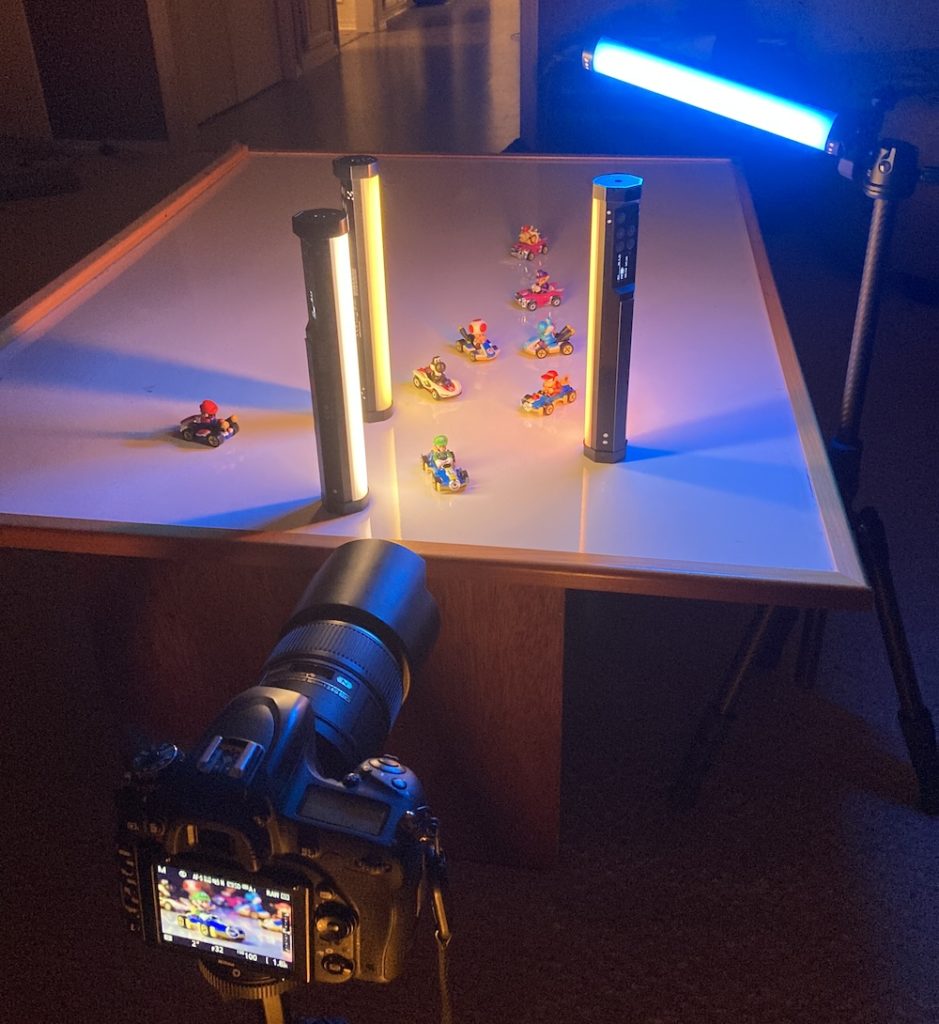
There’s a geological curiosity about two hours from where my wife and I live, just south of the Kansas border and surrounded by the kind of windswept plains and endless horizons that make you feel almost as if you have taken a few steps backward in time. It’s…well, I’m honestly not sure what this place is but it’s called Gloss Mountain. Gloss Mountain State Park, to be precise, and it’s one of those places that’s been on our “Hey we should go there someday” list for years but until recently we just never really took the time to make it happen. My wife and a friend went out there last fall, but in February we all decided to take a few hours and go there with both of our families. The weather wasn’t ideal, the timing could have been better, and perhaps the practicality of the whole endeavor wasn’t the greatest, but one thing we have learned over nearly two decades of being married is that if you’re waiting for the best time to do something, you could be waiting forever. And there might never actually be a best time to do something, so you just have to decide whether you’re simply going to do it or not. That’s kind of what we did with this trip: we picked a date, we planned when we would leave (i.e. after the kids were home from school) and we just made it happen.
So on a chilly, windy afternoon in mid-February my wife and our kids, along with our friends and their kids, loaded people, snacks, blankets, and sandwiches into two vehicles and drove nearly two hours out west to Gloss Mountain. Our goal was to make it there in time to see the sunset from atop the plateau, and while there was a bit more cloud cover than we anticipated, we still got to see a beautiful Midwestern painting in the sky, a pale shadow of which I attempted to capture in the above image.
I brought my Fuji X100F, Nikon D750, and 70-200mm f/2.8 lens–a bit overkill perhaps, but I wasn’t sure what to expect, exactly, having never been to Gloss Mountain before and not quite sure what I would need to capture a picture of the sunset. I took lots of photos and eventually settled on this one as my favorite from the bunch. Even though you can’t see the sun itself (We never did, to tell the truth. The clouds obscured it the whole time we were there.) the golden rays off in the distance tell you everything you need to know. I had a few shots without the plateau on the left, but didn’t like them as much because they didn’t really do a great job of conveying a sense of scale–which is the most interesting part of a shot like this, in my opinion. In fact, there were two compositional decisions I made to try to capture the scale of the scene: the first was including the plateau, and the second was to make sure to get the road in the shot as well. I had some images without it but realized that, while artificial, the road actually served a useful purpose in helping the viewer understand the sheer size of all the natural elements present in the scene.
It wasn’t long after I took this shot that we succumbed to both weather and time, and returned to our vehicles for the drive back home. It didn’t take long for us to start talking about a return trip, hopefully sooner rather than later. We might wait for an ideal time, but hopefully we will just decide to make it happen and then do it :)






